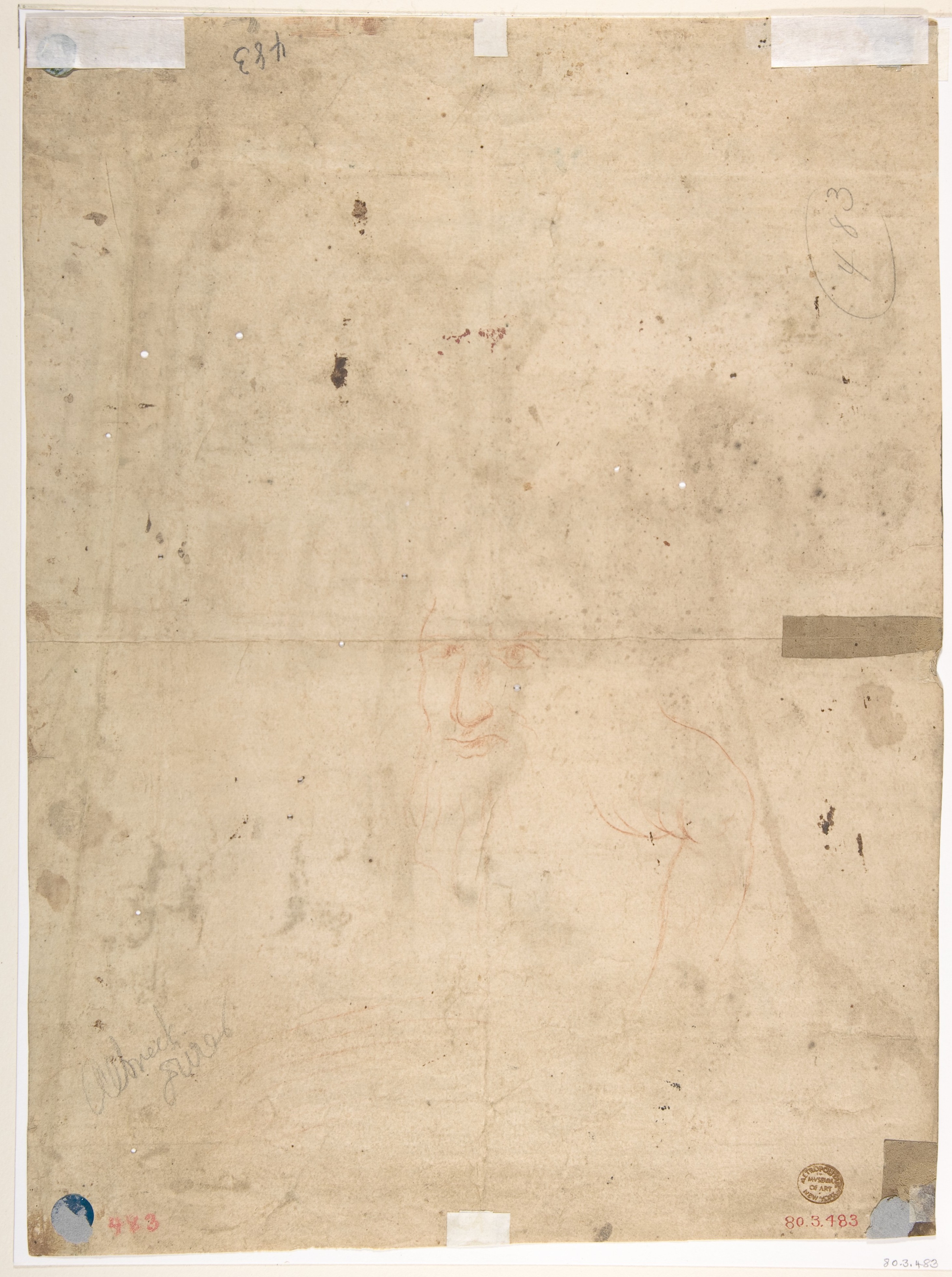The Vision of Saint Eustace
Anonymous, German, 16th century German
After Albrecht Dürer German
Not on view
Copying prints by renowned masters became a seminal part of artistic education in the late fifteenth century, enabling young artists to acquire a graphic vocabulary and develop a style of their own. This unfinished drawing, copied from Dürer’s engraving of Saint Eustace’s conversion (see 19.73.65), was likely completed by a novice. The draftsman first traced the outlines of the print in black chalk before reinforcing them in ink and then painstakingly filling in the forms with minute pen strokes of hatching and cross-hatching. Despite his best efforts, some passages, such as the horse’s hind leg, appear flat and awkward compared to Dürer’s original.
Due to rights restrictions, this image cannot be enlarged, viewed at full screen, or downloaded.
This artwork is meant to be viewed from right to left. Scroll left to view more.





